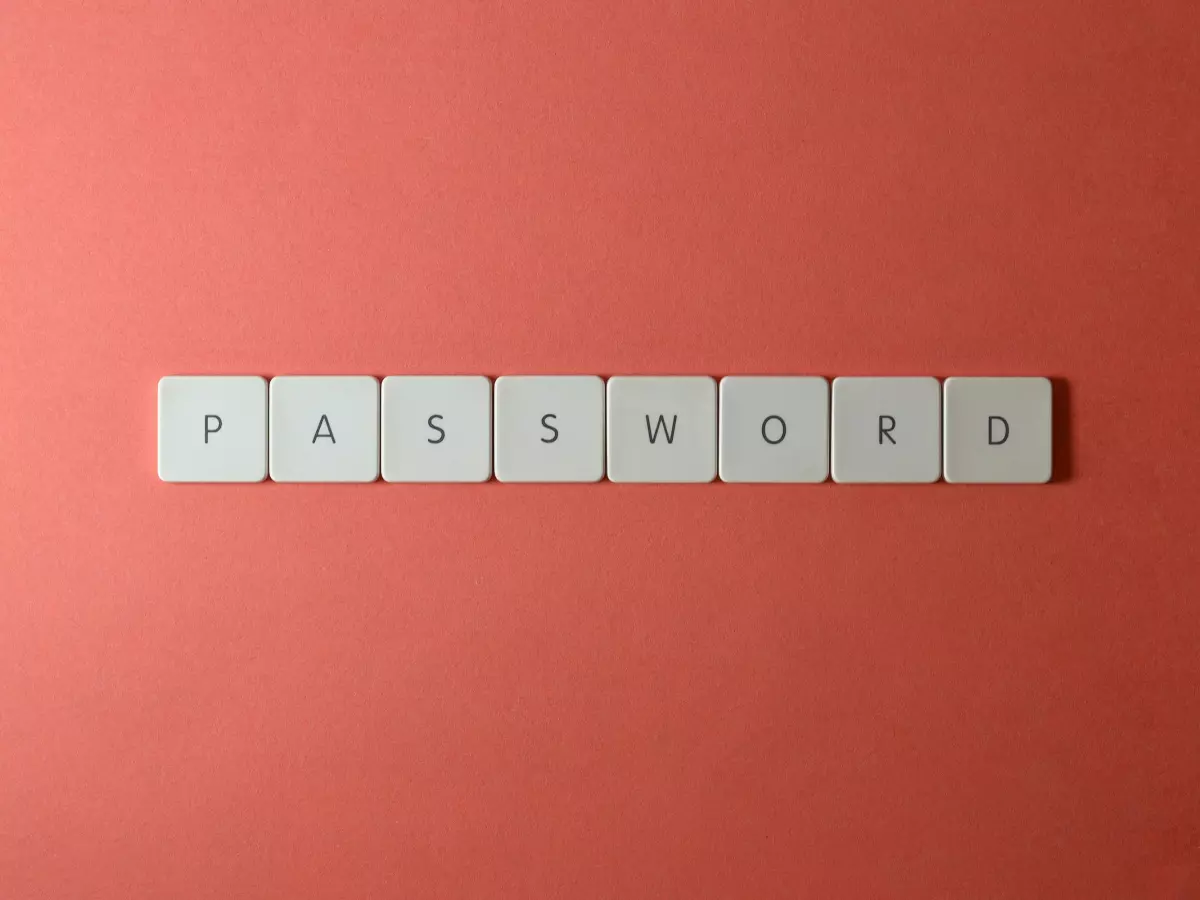Time is Money
I remember the first time I sent a Bitcoin transaction. It was like sending a message into the void, waiting for confirmation. The minutes ticked by, and I kept refreshing my wallet, wondering if my crypto was lost in some digital black hole. But then, boom—confirmation! It was like magic. But what I didn’t realize at the time was that behind that magic was a little-known hero: blockchain timestamping.

By Kevin Lee
Imagine you're playing a game of poker, and every player is trying to claim they won the hand. Without a referee to verify who played their cards first, the game would descend into chaos. Blockchain timestamping is that referee in the world of crypto transactions. It ensures that every transaction is recorded in the correct order, preventing double-spending and other malicious activities. Without it, the entire system would be vulnerable to fraud.
So, what exactly is blockchain timestamping, and why should you care? Well, let’s dive into the nitty-gritty of how this protocol works and why it’s a cornerstone of blockchain security.
What Is Blockchain Timestamping?
At its core, blockchain timestamping is a method of recording the exact time a transaction or block is added to the blockchain. Think of it as a digital notary that certifies the time and order of events. Every time a new block is added, it contains a timestamp that reflects when it was mined or validated. This timestamp is crucial because it ensures that all transactions are processed in the correct sequence, which is essential for maintaining the integrity of the blockchain.
But it’s not just about recording time. Blockchain timestamping also plays a critical role in preventing double-spending—a situation where someone tries to spend the same cryptocurrency twice. By ensuring that transactions are processed in the order they were created, timestamping helps prevent this kind of fraud.
How Does It Work?
Blockchain timestamping relies on cryptographic techniques to ensure that the recorded time is accurate and tamper-proof. When a new block is created, it includes a timestamp that is hashed along with the other data in the block. This hash is then added to the blockchain, creating an immutable record of the time the block was added.
But here’s where it gets interesting: the timestamp isn’t just a simple date and time. It’s actually a cryptographic proof that the block existed at a specific point in time. This proof is generated using a process called hashing, which converts the block’s data into a unique string of characters. If even a single bit of data in the block changes, the hash will change as well, making it impossible to alter the timestamp without being detected.
In some blockchain networks, like Bitcoin, the timestamp is also used to help determine the difficulty of mining new blocks. The more time that passes between blocks, the harder it becomes to mine the next one. This ensures that new blocks are added to the blockchain at a consistent rate, which helps maintain the security and stability of the network.
Why Is Timestamping Important for Security?
Now, you might be thinking, "Okay, cool, but how does this actually make my crypto more secure?" Well, let’s break it down.
First, blockchain timestamping ensures that transactions are processed in the correct order. This is crucial for preventing double-spending, as it ensures that once a transaction has been recorded, it can’t be undone or altered. Without timestamping, it would be much easier for malicious actors to manipulate the blockchain and spend the same cryptocurrency multiple times.
Second, timestamping helps protect the blockchain from attacks. For example, in a 51% attack, a malicious actor could potentially take control of the majority of the network’s mining power and rewrite the blockchain’s history. But because each block contains a cryptographic timestamp, it becomes much harder to alter past transactions without being detected. The further back in the blockchain you go, the more difficult it becomes to change the timestamps, making it nearly impossible to rewrite the entire history of the blockchain.
Finally, timestamping helps ensure the integrity of the blockchain. By creating an immutable record of when each block was added, timestamping makes it easy to verify the authenticity of the blockchain. If someone tries to alter a block, the timestamp will no longer match, and the tampering will be immediately obvious.
Different Types of Timestamping Protocols
Not all blockchain timestamping protocols are created equal. Different blockchains use different methods to record timestamps, depending on their specific needs and goals. Here are a few of the most common types:
- Proof of Work (PoW): In PoW blockchains like Bitcoin, the timestamp is included in the block header and is used to help determine the difficulty of mining new blocks. The timestamp is also used to ensure that blocks are added to the blockchain at a consistent rate.
- Proof of Stake (PoS): In PoS blockchains, the timestamp is used to determine when a block was added and to ensure that validators are chosen fairly. The timestamp helps prevent validators from manipulating the order of transactions to their advantage.
- Hybrid Protocols: Some blockchains use a combination of PoW and PoS to create more secure and efficient timestamping protocols. These hybrid systems often use PoW to create the initial timestamp and PoS to validate it, ensuring that the timestamp is both accurate and tamper-proof.
Final Thoughts
So, next time you send a crypto transaction, take a moment to appreciate the humble timestamp. It’s the unsung hero that keeps your crypto safe, ensuring that every transaction is recorded in the correct order and that the blockchain remains secure and tamper-proof.
In the fast-paced world of crypto, where every second counts, blockchain timestamping is the ultimate referee, keeping the game fair and ensuring that no one can cheat the system. Without it, the entire blockchain would be vulnerable to fraud and manipulation. So yeah, time really is money—especially in the world of crypto.





